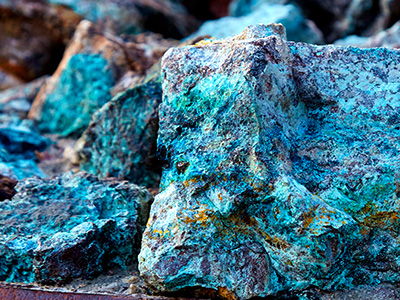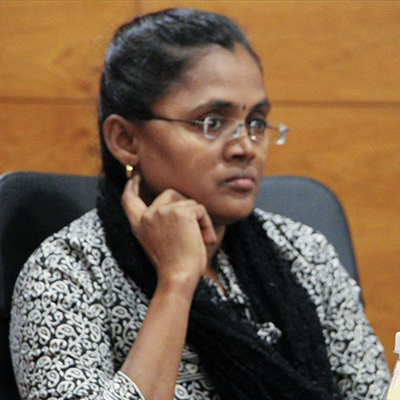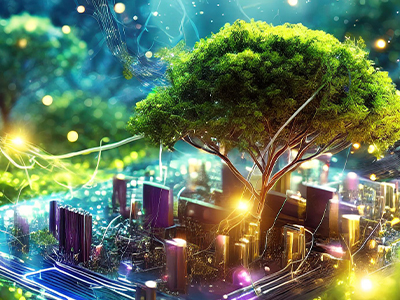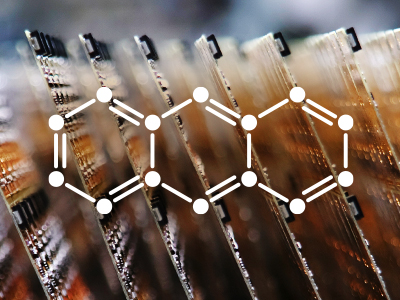In addition to the long-time focus on the original conflict minerals (tin, tantalum, tungsten, and gold), NGOs and the Human Rights Commission have also been concerned with cobalt mining in the Democratic Republic of Congo (DRC). Cobalt is a hard, brittle, metallic element found in association with nickel, silver, lead, copper, and iron ores and resembles nickel and iron in appearance. Its most common use is in alloys to which it imparts qualities such as:
- Heat resistance
- High strength
- Wear resistance
- Superior magnetism
- Stability in air and water
- Slow reactivity with dilute acids
- Melting point of 1495 °C and boiling point of 2927 °C
Major end-products include jet engine parts, permanent magnets, cutting tools, and pigments.
Cobalt was originally supposed to be the fifth conflict mineral along with 3TG (tin, tungsten, tantalum, and gold) when Section 1502 of the Dodd-Frank Wall Street Reform and Consumer Protection Act was introduced in the United States. It was then dropped because of industry pushback. The reason was that identifying and validating the smelters became complex as cobalt is primarily processed as a byproduct of copper and nickel mining.
What is Cobalt?
Cobalt is a scarce, toxic, and lustrous metal that is found in the negatively charged electrode or cathode of almost all lithium-ion batteries used today. It has magnetic properties similar to iron and there are no significant minerals of cobalt. It is rare and obtained mostly through the refining of copper and nickel ore. Like nickel, cobalt is found in the Earth’s crust only in a chemically combined form, save for small deposits found in alloys of natural meteoric iron. The free element, produced by reductive smelting, is hard, lustrous, and silver-gray in color.
Cobalt History
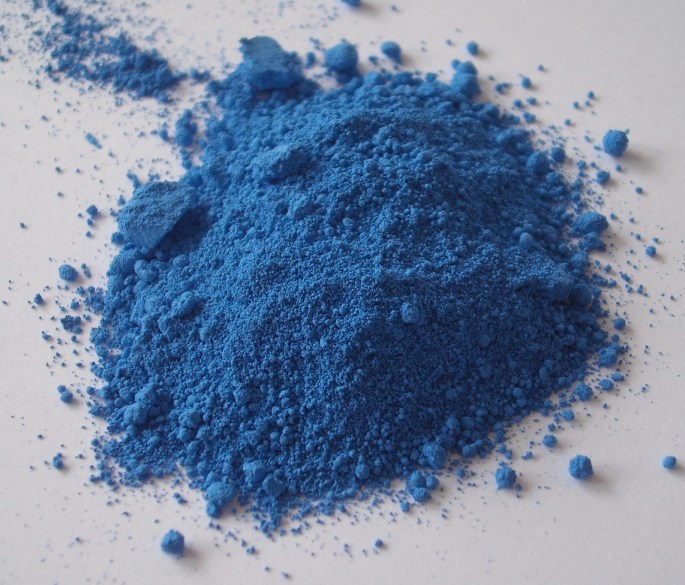
During the sixteenth century, the first small cobalt production mines opened in Norway, Saxony, Hungary, and Sweden. In 1864 cobalt ore was discovered in New Caledonia and the European cobalt mining industry declined. Most of the global cobalt production in the nineteenth century was carried out in Norway.
Until the 1700s, pigments made from cobalt were called smalt or safflor and were thought to be made of bismuth, copper, iron, and arsenic. Then, cobalt was discovered in 1735 by the Swedish chemist Georg Brandt.
Uses of Cobalt
Areas of consumption and application of cobalt are mainly battery materials, super heat-resistant alloys, and tools. Cobalt in the form of compounds is mainly used as catalysts, desiccants, reagents, pigments, and dyes. Cobalt superalloys are widely used in aerospace, electricity generation, aircraft, medical, automotive, and military-related industries. Other applications for metallurgical cobalt include hard metals and diamond tools, catalysts in oil and gas refinement, and other industrial uses.
Cobalt and cobalt compounds are vital to the functioning of modern-day electronics and are found in rechargeable batteries, integrated circuits, and semiconductors.
Production of Cobalt
Below are some of the world’s largest cobalt-producing countries:
- Democratic Republic of Congo – 100,000 tonnes
- Russia – 6,100 tonnes
- Australia – 5,100 tonnes
- Philippines – 4,600 tonnes
- Cuba – 3,500 tonnes
- Madagascar – 3,300 tonnes
- Papua New Guinea – 3,100 tonnes
- Canada – 3,000 tonnes
Glencore is the world’s largest cobalt mining company, with total production in 2017 of 27,400 tonnes, and increased the output to 63,000 tonnes by 2020. In the year 2021, about 70% of the world’s cobalt came from the DRC and the vast majority of that 93,000 out of 100,000 tonnes came from large-scale industrial mines according to the report from Benchmark Mineral Intelligence (BMI).
Impact on Envrionment
Both industrial and artisanal cobalt mining have significant environmental impacts ranging from habitat destruction to water and air pollution. Blasting and electricity consumption in cobalt mining is damaging to the environment. Eutrophication and global warming are the most affected impact categories. Carbon dioxide and nitrogen dioxide emissions are highest from cobalt mining. Waste generated from mining cobalt and other metals can pollute water, air, and soil, leading to decreased crop yields, contaminated food, water, and respiratory and reproductive health issues.
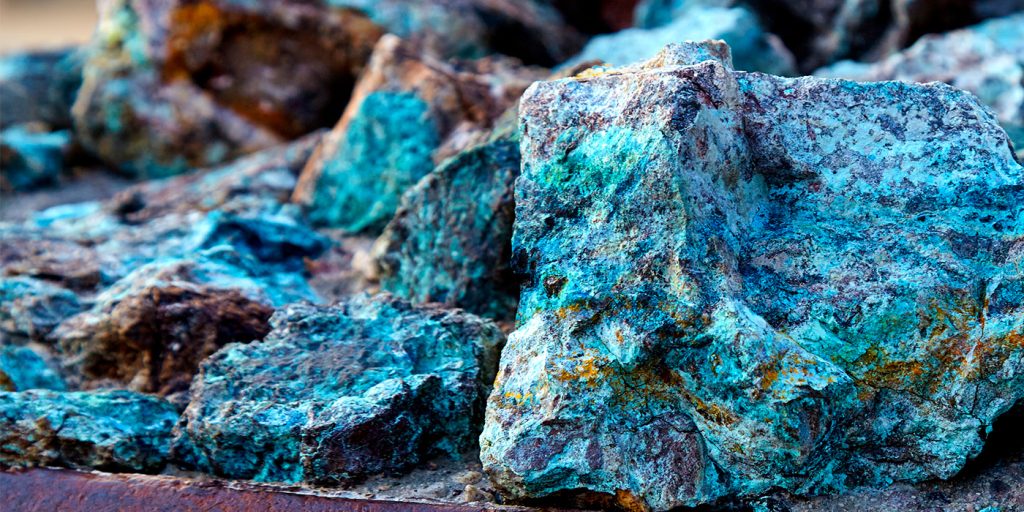
Congo’s contribution to Cobalt Production
The DRC is the world’s largest producer of cobalt from mines, accounting for more than 70% of worldwide cobalt mine production in 2021. The DRC mines around two-thirds of the world’s cobalt and is Africa’s leading producer of copper. Demand for the minerals is rising to power electric vehicles and electronic devices.
Ethical Issues with Cobalt Mining
Cobalt from the DRC is tainted by ethical and humanitarian issues, including:
- Child labor
- Corruption
- Crime
- Poverty
- Hazardous artisanal mining
It is estimated that 20% of the mines in the DRC are small-scale and use mostly child workers. These children, aged between 3 and 17, must work in appalling and dangerous conditions, usually barefoot. Of the 255,000 Congolese mining for cobalt, 40,000 are children.
The mining industry in the DRC is the most lucrative and essential part of the DRC economy. It is their largest source of export income. The DRC accounted for more than two-thirds of global cobalt production in 2021, making it the world’s largest cobalt producer by a large margin.
And the artisanal cobalt sector, which supplies 10-30% of cobalt out of the DRC, is beset with extreme social and human rights challenges. This includes child labor, forced labor, and the sexual exploitation of women and girls.
Responsible Procurement of Cobalt
Based on the guidelines of The Organisation for Economic Co-operation and Development (OECD), suppliers and manufacturers shall:
- Develop an appropriate management system to conduct due diligence in the supply chain to determine whether cobalt originates from conflict-affected or high-risk areas (CAHRA).
- Develop due diligence policies and require tier-one suppliers to (i) adopt corresponding due diligence policies and (ii) request the same from their suppliers down to the level of extraction of Cobalt
- Identify the risks by mapping the supply chain and take appropriate steps to mitigate them
- Participate in and complete third-party verifications or audits at owned facilities at the request of customers
- Report on supply-chain due diligence.
Companies shall expect their suppliers to be transparent and responsibly source from the DRC, adjoining countries, and CAHRAs in order to avoid de facto embargoes.
The Cobalt Reporting Template (CRT)
Since there are reports of unsafe mining practices and the use of child labor, the Responsible Minerals Initiative (RMI) launched a pilot Cobalt Reporting Template (CRT) on March 1, 2018, to understand the difficulties and bottlenecks for the collection of due diligence information in the cobalt supply chain. The Cobalt Reporting Template (CRT) is a standard reporting template created to gather information regarding mineral, country of origin, smelters, and refiners being utilized. The CRT is limited only to cobalt supply chains.
Timeline of Cobalt Reporting Template releases:
- CRT v_1.1 released on December 21, 2018
- CRT v_2.0 released on October 30, 2019
- CRT v_2.11 released on March 19, 2020
- CRT v_2.2 released on October 28, 2020
Supply Chain Commitment
Companies in the supply chain can comply with the requirements of the SEC’s Cobalt Sourcing Policy by:
- Not buying products and materials containing Cobalt directly from conflict mines
- Asking companies, suppliers, and manufacturers to work towards ensuring that any conflict minerals contained in the products and materials supplied to the manufacturers originate from conflict-free sources
- Contributing to conflict-free trade by encouraging the suppliers and manufacturers not to discriminate against legitimate sources of conflict minerals, and in addition, to engage with the suppliers and customers regarding their disclosure obligations
The RMI encourages companies to use the following programs, tools, and resources to support their due diligence on cobalt supply chains:
- Map your supply chain using the Extended Minerals Reporting Template.
- Read the Cobalt Refiner Supply Chain Due Diligence Standard to know more about expectations for cobalt refiners, mechanized, and artisanal mines in cobalt supply chains.
- Consult the list of Active Cobalt Refiners und Conformant Cobalt Refiners to learn about entities that undergo an independent third-party assessment of the Responsible Minerals Assurance Process.
- Visit the RMI’s eLearning Academy and training page for publicly available training sessions for your company, your suppliers, and cobalt refiners on due diligence in cobalt supply chains.
- Use the Risk Readiness Assessment to access self-assessments of cobalt refiners and producers on key social, environmental, and governance issue areas.
- As an RMI member, join the Cobalt Workgroup to shape the tools and resources developed for due diligence on cobalt supply chains as well as access to reports from our on-the-ground activities.
- Engage peers, industry organizations, and stakeholders to develop, share, and utilize tools and resources for responsible minerals sourcing.
Conclusion
Demand for Cobalt is increasing since Cobalt is a key element used in batteries of mobile phones, laptops, and electric vehicles. The increased demand has forced many suppliers to source cobalt from DRC since they are the world’s leading producer of cobalt. As a result, companies using cobalt in their products are forced to do due diligence to ensure responsible sourcing. More policy reforms may be needed to make cobalt mining more sustainable and equitable.

